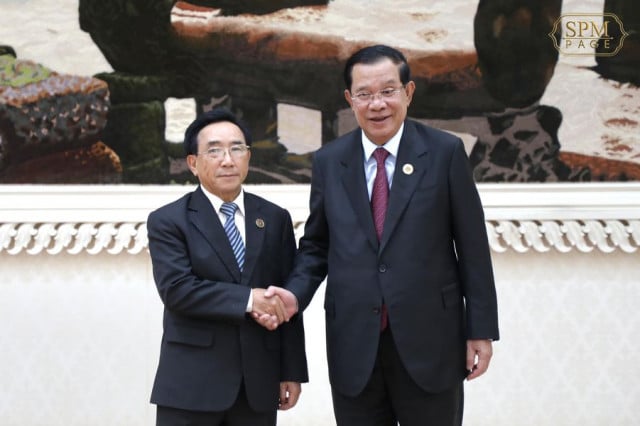Thailand's Land Bridge Proposal and End of Kra Canal

- By Vichana Sar
- March 9, 2024 10:30 AM
Thailand's recent proposal for a land bridge across its southern region marks a significant shift in regional infrastructure plans, concurrently signalling the end of the decades-old Kra Canal dream. This dual development sparks critical discussions regarding its potential ramifications on the economy, geopolitics and the Southeast Asian region’s dynamics.
Economically, the transition from the Kra Canal vision to the landbridge proposal prompts scrutiny over the $28 billion investment's feasibility. While the land bridge aims to reduce cargo transit times between the Pacific and Indian Oceans, concerns arise regarding its financial viability, particularly amid competing deep-water route proposals. The absence of formal comments from China, a key stakeholder, adds uncertainty to the project's economic prospects.
Geopolitically, the land bridge aligns with China's Belt and Road Initiative, offering strategic control over crucial maritime routes. This shift underscores China's expanding influence in the region and introduces a new dynamic in its geopolitical rivalry with the US. The proposal's departure from the Kra Canal vision reflects evolving geopolitical strategies, with implications for regional power dynamics and maritime security.
Within the ASEAN framework, the land bridge proposal introduces the prospect of altering trade routes and logistics networks. While it offers an alternative to the congested Straits of Malacca, its impact on individual ASEAN nations varies. Some countries may see opportunities for enhanced connectivity, while others express concerns about potential shifts in shipping traffic and geopolitical dependencies.
Geopolitically, the land bridge’s implementation may challenge ASEAN unity, particularly if it amplifies existing geopolitical tensions or fosters divergent interests among member states. The project's success hinges on navigating ASEAN dynamics and fostering regional cooperation amidst competing geopolitical influences.
In conclusion, Thailand's transition from the Kra Canal dream to the land bridge proposal reflects shifting economic and geopolitical realities in the region. As stakeholders assess the project's implications on the economy, geopolitics, and ASEAN dynamics, comprehensive analysis and collaborative dialogue are essential for navigating the complex landscape of regional infrastructure development.















